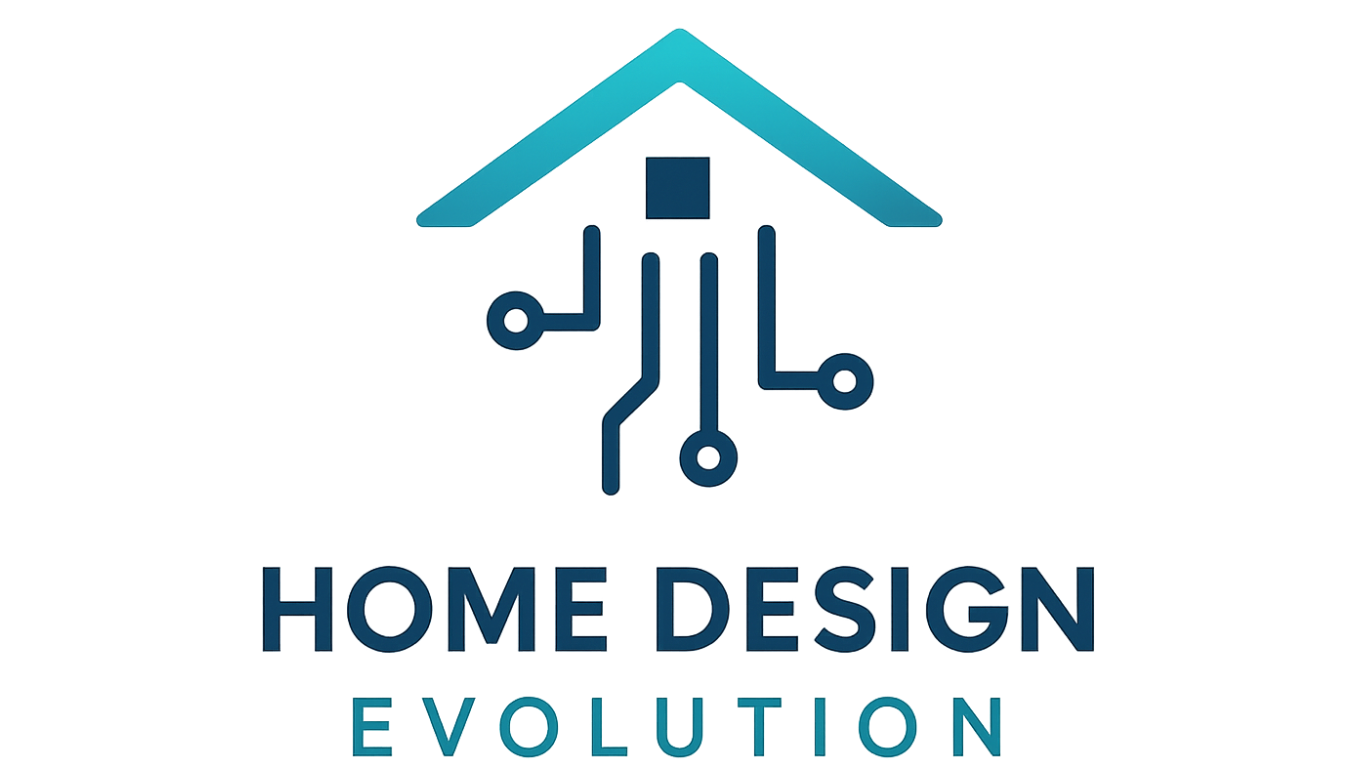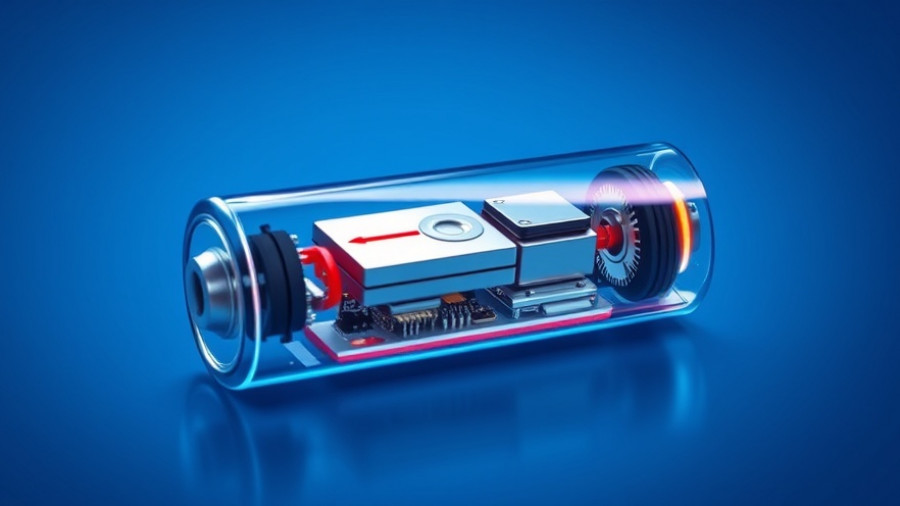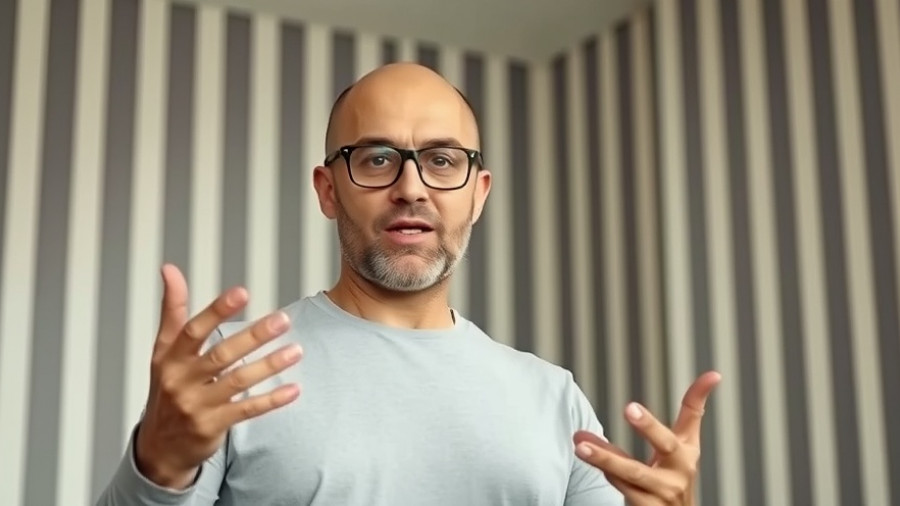
Revolutionizing Medicine: The Promise of Tiny Robots
Imagine a world where diseases like cancer and stroke are treated not with harmful drugs that bombard the entire body but with tiny robots precisely delivering medication directly to the problem area. This isn’t science fiction; it's becoming a reality. As the technology behind medical microbots develops, it promises to reshape our understanding of treatment modalities and open new pathways to healing.
In 'How Tiny Robots Are Rewiring Modern Medicine', the video explores groundbreaking advancements in medical microbots, igniting a discussion on their potential and implications for evolving healthcare solutions.
The Mechanics of Microbots
Microbots are engineered to navigate the complex and often chaotic environment of the human body. These small-scale robots, often measuring less than a millimeter, are controlled by magnetic fields, allowing them to maneuver through blood vessels without causing harm to surrounding tissues. This level of precision is a game changer for treatments that traditionally affect the entire body, such as chemotherapy, often leaving patients weak and exhausted.
Innovative Designs: MANiACs and NanoGrippers
Two of the most promising projects in this field are Purdue University's MANiACs, which are designed as tiny all-terrain vehicles capable of navigating through challenging environments within the body, and the University of Illinois’ NanoGripper, a DNA-constructed device that can grab and neutralize viruses before they can infect cells. These devices showcase the potential for targeted treatment, making our healthcare system more efficient and less painful.
Real-World Applications: Reducing Side Effects
Unlike traditional chemotherapy that affects healthy cells, microbots could directly deliver medication to cancer cells, significantly reducing side effects for patients. The success seen in early testing of these robots indicates a shift towards personalized medicine, offering not only more effective treatments but also improving the patients' quality of life.
Challenges Facing Development
While the excitement around medical microbots is palpable, there are significant challenges to overcome before they become commonplace in healthcare. From manufacturing complexities to high costs of production, the journey from prototype to clinical application is long and arduous. Projects like Bionaut Labs have required substantial financial investments and extended timelines just to get to the initial human trials.
Future Implications for Healthcare
The day when microbots enter the mainstream healthcare toolkit is approaching, but it’s a journey laden with hurdles. The potential for these technologies is incredible, offering the promise of minimally invasive procedures and treatments tailored specifically to individual needs. However, industry experts caution that developing microbots will require not just innovation but also rigorous testing to ensure safety and efficacy.
Your Role in the Future of Medicine
As individuals invested in the future of healthcare innovation, understanding and supporting these technologies can play a pivotal role in shaping how they evolve. With your advocacy for continued research and funding, we move closer to a healthcare landscape where treatment is not only effective but also humane and sustainable.
So, would you trust these tiny robots to accompany you on your journey towards better health? The future of medicine doesn't just lie in the hands of scientists but also in our willingness to embrace these advancements and hold our healthcare systems accountable for their efficacy.
Join the discussion on how medical microbots might change healthcare for the better, and explore other technological breakthroughs that could revolutionize our lives!
 Add Row
Add Row  Add
Add 



Write A Comment